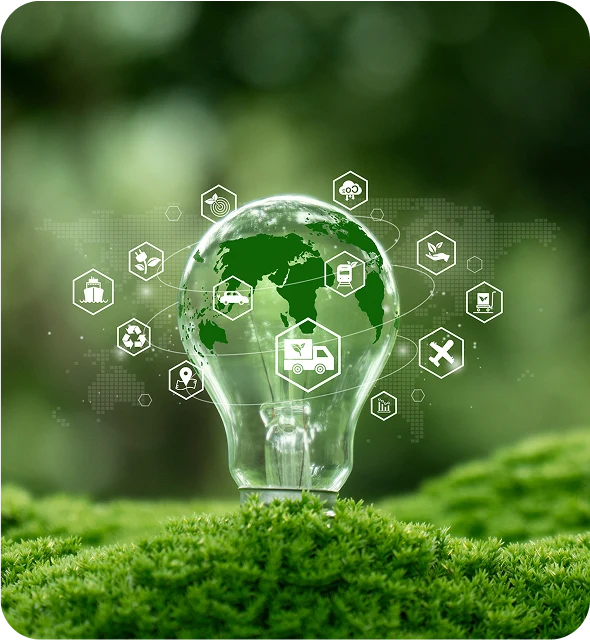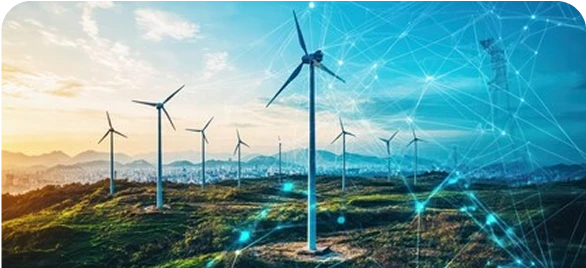Green Hydrogen
Pioneering a Greener Tomorrow with Green Hydrogen Solutions
Empowering a Net-Zero World with Green Hydrogen
We aim to be a global leader in green hydrogen technology and its derivatives, contributing to a cleaner, sustainable energy future
Comprehensive Green Hydrogen Solutions Under One Roof


Comprehensive Green Hydrogen Solutions Under One Roof
Electrolyser Manufacturing
Innovating next-gen PEM/AEM electrolyser technologies with TRL3 readiness for commercialization by 2027.
Green Hydrogen Production
Scaling pilot projects for industrial-grade green hydrogen to power the clean energy revolution.
Green Molecules Production
Unlocking the potential of green ammonia, green methanol, and green urea production from green hydrogen.
End-to-End Solution Provider
From R&D to deployment, InSolare offers expertise in design, engineering, procurement, installation, and maintenance.
Our Journey to Excellence in Green Hydrogen
Sight Scheme Capacity Allocation for Electrolyser Manufacturing
Awarded the prestigious Product Linked Incentive (PLI) under SIGHT Scheme for a 10 MW electrolyser under the indigenous category—solidifying our role as a leader in green hydrogen innovation.
Collaboration and R&D
Partnering with global innovators to advance electrolyser technologies.

Green Hydrogen
Powering Industries, Transforming Economies

Industrial Applications
Steel, fertilizers, chemical industries

Transportation
Fuelling the hydrogen economy with clean energy

Grid Integration
Stabilizing renewable energy grids with hydrogen storage solutions.
What Sets Us Apart in the Green Hydrogen Revolution?
- Cutting-edge technology with a focus on innovation.
- Proven track record in the renewable energy sector.
- Global partnerships and collaborations.
- Expertise in both large-scale manufacturing and pilot projects.
